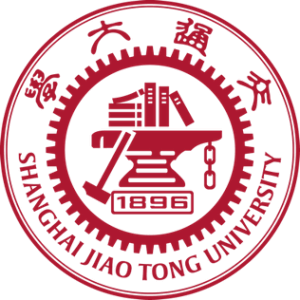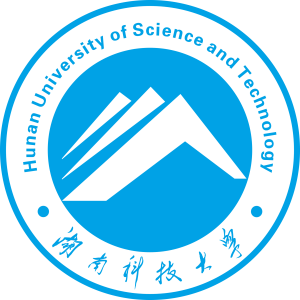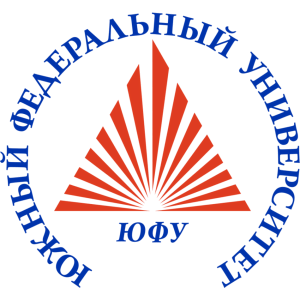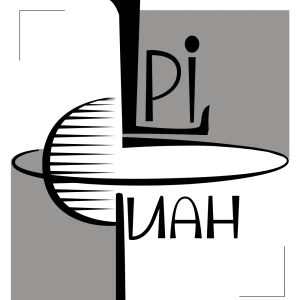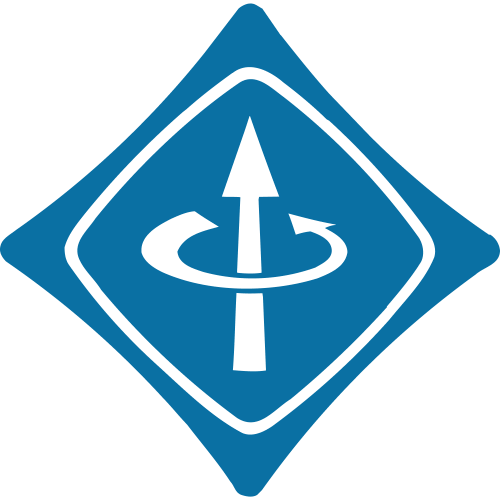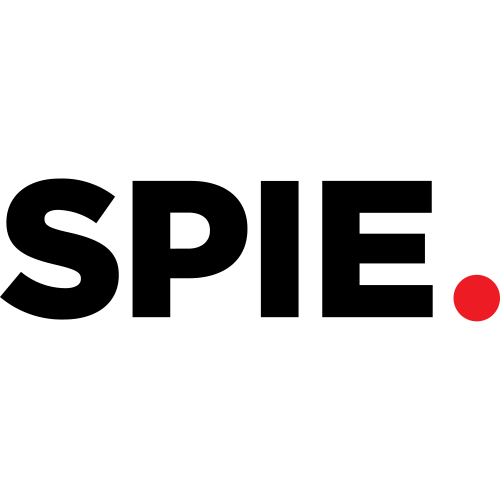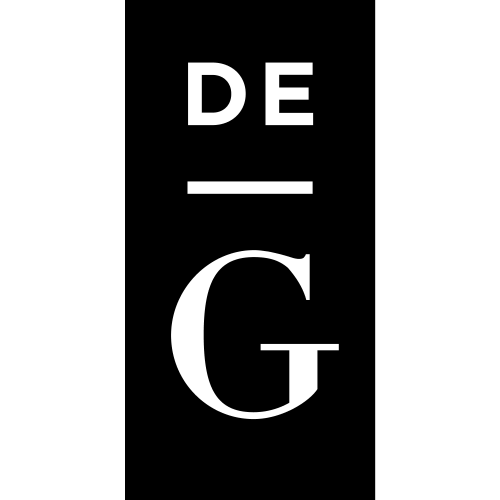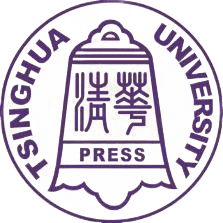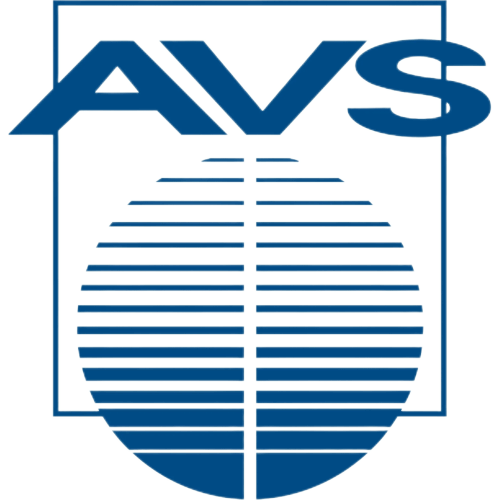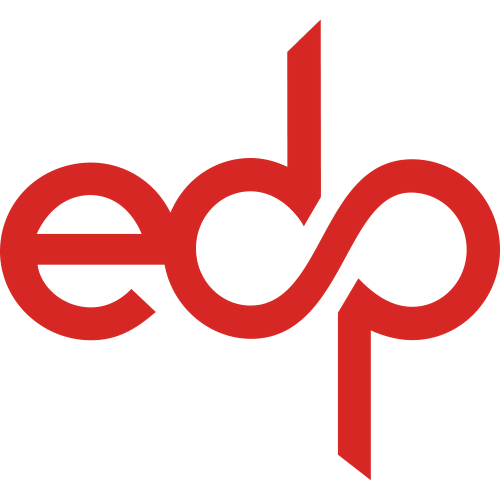Ultrasensitive solution-cast quantum dot photodetectors
Publication type: Journal Article
Publication date: 2006-07-13
scimago Q1
wos Q1
SJR: 18.288
CiteScore: 78.1
Impact factor: 48.5
ISSN: 00280836, 14764687
PubMed ID:
16838017
Multidisciplinary
Abstract
The best electronic and optoelectronic devices are built via semiconductor crystal growth on a single-crystal substrate. Over 100 papers have been published in recent years in Nature on alternative devices, produced instead from the solution phase. They have some advantages over conventional crystalline semiconductor devices: ease of fabrication, physical flexibility and — most important — low cost. The problem was the poor electronic performance of solution-processed devices, compared with single-crystal counterparts. But that could change now: a team from the University of Toronto reports that one such system — colloidal quantum dots of lead sulphide — can actually outperform the state-of-the-art crystalline alternative. A solution-processed electronic device that uses colloidal quantum dots of lead sulphide outperforms the state-of-the-art crystalline alternatives, with ease of fabrication, physical flexibility, large device areas and low cost among its benefits. Solution-processed electronic1 and optoelectronic2,3,4,5 devices offer low cost, large device area, physical flexibility and convenient materials integration compared to conventional epitaxially grown, lattice-matched, crystalline semiconductor devices. Although the electronic or optoelectronic performance of these solution-processed devices is typically inferior to that of those fabricated by conventional routes, this can be tolerated for some applications in view of the other benefits. Here we report the fabrication of solution-processed infrared photodetectors that are superior in their normalized detectivity (D*, the figure of merit for detector sensitivity) to the best epitaxially grown devices operating at room temperature. We produced the devices in a single solution-processing step, overcoating a prefabricated planar electrode array with an unpatterned layer of PbS colloidal quantum dot nanocrystals. The devices showed large photoconductive gains with responsivities greater than 103 A W-1. The best devices exhibited a normalized detectivity D* of 1.8 × 1013 jones (1 jones = 1 cm Hz1/2 W-1) at 1.3 µm at room temperature: today's highest performance infrared photodetectors are photovoltaic devices made from epitaxially grown InGaAs that exhibit peak D* in the 1012 jones range at room temperature, whereas the previous record for D* from a photoconductive detector lies at 1011 jones. The tailored selection of absorption onset energy through the quantum size effect, combined with deliberate engineering of the sequence of nanoparticle fusing and surface trap functionalization, underlie the superior performance achieved in this readily fabricated family of devices.
Found
Nothing found, try to update filter.
Found
Nothing found, try to update filter.
Top-30
Journals
|
10
20
30
40
50
60
70
80
90
|
|
|
Advanced Materials
89 publications, 5.25%
|
|
|
ACS Nano
72 publications, 4.25%
|
|
|
Nano Letters
67 publications, 3.95%
|
|
|
ACS applied materials & interfaces
58 publications, 3.42%
|
|
|
Journal of Physical Chemistry C
57 publications, 3.36%
|
|
|
Applied Physics Letters
54 publications, 3.19%
|
|
|
Advanced Functional Materials
53 publications, 3.13%
|
|
|
Journal of Materials Chemistry C
51 publications, 3.01%
|
|
|
Nanoscale
50 publications, 2.95%
|
|
|
Advanced Optical Materials
36 publications, 2.12%
|
|
|
Nanotechnology
34 publications, 2.01%
|
|
|
Journal of the American Chemical Society
33 publications, 1.95%
|
|
|
Chemistry of Materials
32 publications, 1.89%
|
|
|
Small
27 publications, 1.59%
|
|
|
Nature Communications
25 publications, 1.47%
|
|
|
ACS Photonics
23 publications, 1.36%
|
|
|
Journal of Physical Chemistry Letters
20 publications, 1.18%
|
|
|
Scientific Reports
17 publications, 1%
|
|
|
Journal of Materials Science: Materials in Electronics
16 publications, 0.94%
|
|
|
Journal of Materials Chemistry A
16 publications, 0.94%
|
|
|
RSC Advances
16 publications, 0.94%
|
|
|
Nature Photonics
15 publications, 0.88%
|
|
|
Organic Electronics
15 publications, 0.88%
|
|
|
ACS Applied Electronic Materials
15 publications, 0.88%
|
|
|
Journal of Applied Physics
14 publications, 0.83%
|
|
|
Nanomaterials
14 publications, 0.83%
|
|
|
Journal of Alloys and Compounds
14 publications, 0.83%
|
|
|
Nature Nanotechnology
13 publications, 0.77%
|
|
|
Angewandte Chemie
12 publications, 0.71%
|
|
|
10
20
30
40
50
60
70
80
90
|
Publishers
|
50
100
150
200
250
300
350
400
450
|
|
|
American Chemical Society (ACS)
436 publications, 25.72%
|
|
|
Wiley
322 publications, 19%
|
|
|
Elsevier
216 publications, 12.74%
|
|
|
Royal Society of Chemistry (RSC)
186 publications, 10.97%
|
|
|
Springer Nature
174 publications, 10.27%
|
|
|
AIP Publishing
87 publications, 5.13%
|
|
|
IOP Publishing
60 publications, 3.54%
|
|
|
Institute of Electrical and Electronics Engineers (IEEE)
47 publications, 2.77%
|
|
|
MDPI
34 publications, 2.01%
|
|
|
Optica Publishing Group
21 publications, 1.24%
|
|
|
American Association for the Advancement of Science (AAAS)
10 publications, 0.59%
|
|
|
American Physical Society (APS)
9 publications, 0.53%
|
|
|
SPIE-Intl Soc Optical Eng
9 publications, 0.53%
|
|
|
Walter de Gruyter
8 publications, 0.47%
|
|
|
Pleiades Publishing
7 publications, 0.41%
|
|
|
Taylor & Francis
6 publications, 0.35%
|
|
|
Tsinghua University Press
5 publications, 0.29%
|
|
|
Japan Society of Applied Physics
5 publications, 0.29%
|
|
|
Cambridge University Press
4 publications, 0.24%
|
|
|
Oxford University Press
3 publications, 0.18%
|
|
|
Institution of Engineering and Technology (IET)
3 publications, 0.18%
|
|
|
World Scientific
3 publications, 0.18%
|
|
|
Trans Tech Publications
3 publications, 0.18%
|
|
|
Hindawi Limited
2 publications, 0.12%
|
|
|
American Vacuum Society
2 publications, 0.12%
|
|
|
The Electrochemical Society
2 publications, 0.12%
|
|
|
Annual Reviews
2 publications, 0.12%
|
|
|
Beilstein-Institut
1 publication, 0.06%
|
|
|
EDP Sciences
1 publication, 0.06%
|
|
|
50
100
150
200
250
300
350
400
450
|
- We do not take into account publications without a DOI.
- Statistics recalculated weekly.
Are you a researcher?
Create a profile to get free access to personal recommendations for colleagues and new articles.
Metrics
1.7k
Total citations:
1695
Citations from 2024:
153
(9.03%)
Cite this
GOST |
RIS |
BibTex |
MLA
Cite this
GOST
Copy
Konstantatos G. et al. Ultrasensitive solution-cast quantum dot photodetectors // Nature. 2006. Vol. 442. No. 7099. pp. 180-183.
GOST all authors (up to 50)
Copy
Konstantatos G., Howard I., Fischer A., Hoogland S., Clifford J., Klem E., Levina L., Sargent E. H. Ultrasensitive solution-cast quantum dot photodetectors // Nature. 2006. Vol. 442. No. 7099. pp. 180-183.
Cite this
RIS
Copy
TY - JOUR
DO - 10.1038/nature04855
UR - https://doi.org/10.1038/nature04855
TI - Ultrasensitive solution-cast quantum dot photodetectors
T2 - Nature
AU - Konstantatos, Gerasimos
AU - Howard, Ian
AU - Fischer, Armin
AU - Hoogland, Sjoerd
AU - Clifford, Jason
AU - Klem, Ethan
AU - Levina, Larissa
AU - Sargent, Edward H
PY - 2006
DA - 2006/07/13
PB - Springer Nature
SP - 180-183
IS - 7099
VL - 442
PMID - 16838017
SN - 0028-0836
SN - 1476-4687
ER -
Cite this
BibTex (up to 50 authors)
Copy
@article{2006_Konstantatos,
author = {Gerasimos Konstantatos and Ian Howard and Armin Fischer and Sjoerd Hoogland and Jason Clifford and Ethan Klem and Larissa Levina and Edward H Sargent},
title = {Ultrasensitive solution-cast quantum dot photodetectors},
journal = {Nature},
year = {2006},
volume = {442},
publisher = {Springer Nature},
month = {jul},
url = {https://doi.org/10.1038/nature04855},
number = {7099},
pages = {180--183},
doi = {10.1038/nature04855}
}
Cite this
MLA
Copy
Konstantatos, Gerasimos, et al. “Ultrasensitive solution-cast quantum dot photodetectors.” Nature, vol. 442, no. 7099, Jul. 2006, pp. 180-183. https://doi.org/10.1038/nature04855.




